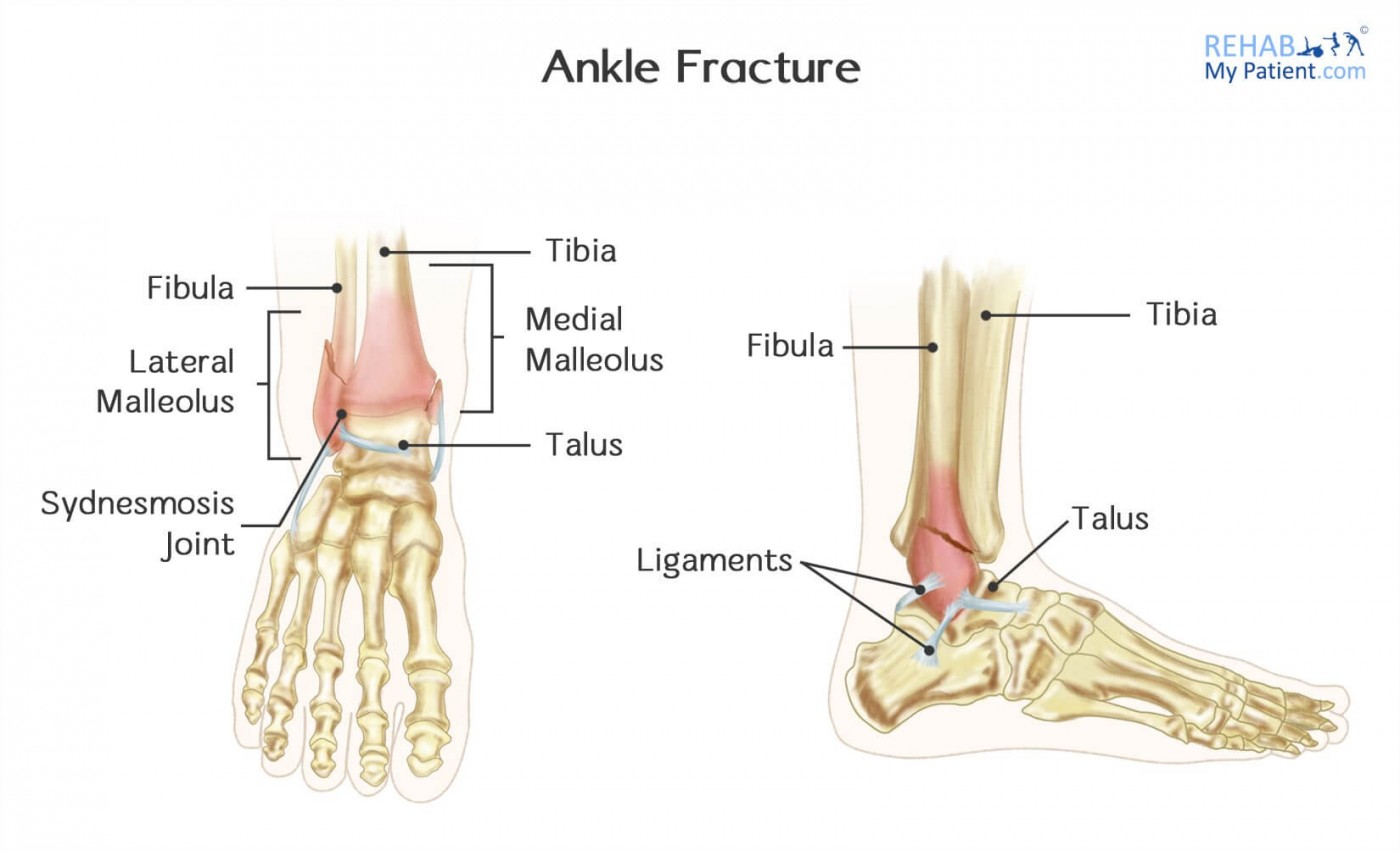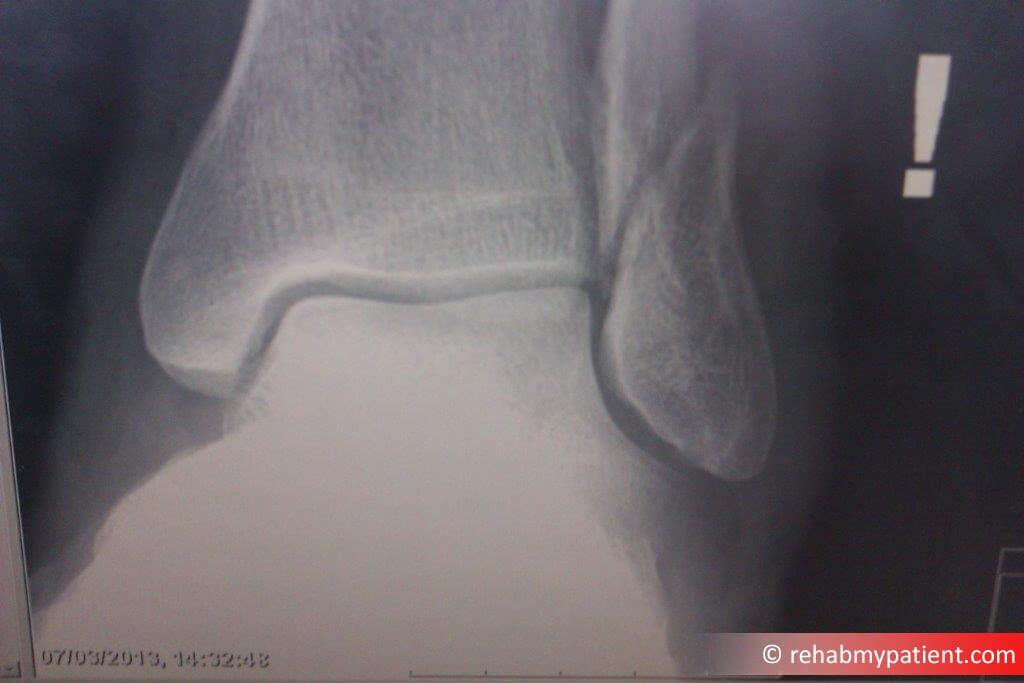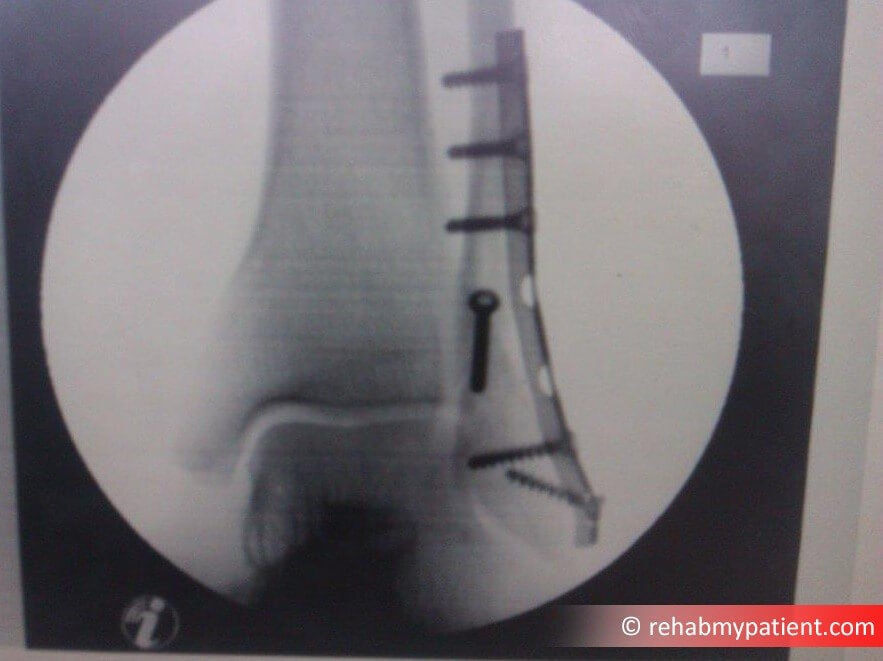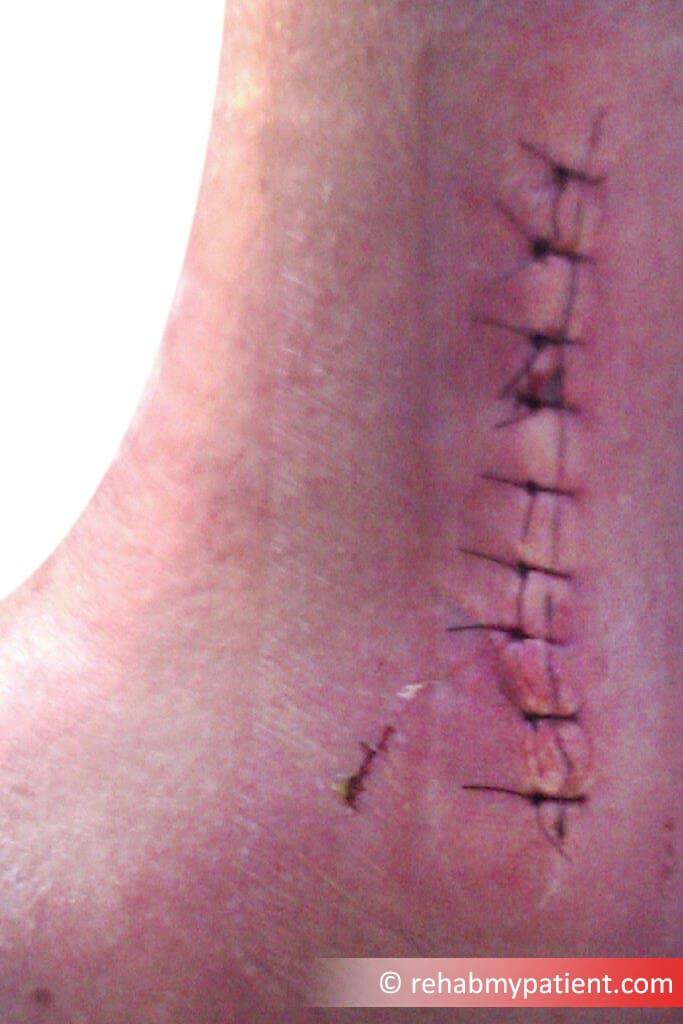Ankle Fracture
Posted on 15th Oct 2016 / Published in: Ankle

Broken ankles are commonly referred to as ankle fractures, which means one of more of the bones making up the ankle joint are broken. Fractured ankles range from simple breaks in a single bone, which might not prevent you from being able to walk, to multiple fractures, which can force the ankle out of place and might require you to prevent placing weight onto the ankle for a few months. The more broken bones you have, the more unstable the ankle will become. Ligaments might be damaged as well. Ligaments work to hold the joints and ankle bones in their proper position.
People of all ages can be affected by a broken ankle. Throughout the past three to four decades, doctors have found an increasing number and severity of ankles being broken, especially when it comes to active, older individuals.
Ankle Fracture Anatomy
Three different bones compose the ankle joint: the shin bone (tibia), the smaller bone within the lower leg (fibula) and the small bone nestled between the heel bone and the fibula and the tibia (talus). Doctors will often classify the fracture based upon the area where the break occurred. Two joints are often involved when a fracture occurs: the ankle joint, which is where the talus, fibula and the tibia meet, and the syndesmosis joint, which is between the fibula and the tibia and held together with ligaments. It takes multiple ligaments to ensure the ankle joint is stable.

How Do You Know You Have Fractured Your Ankle?
This is a difficult thing to determine, but you may have heard a crack during the trauma/injury. Like a bad sprain, you will be unable to fully weight bear on the ankle. The ankle will be grossly swollen, with extensive bruising (the bruising may go up as high as the knee). The only true way to know if you have broken your ankle is to get an X-ray.

One of the ankle bones fractured (Fibula fracture)
Ankle Fractures Causes
Now that you know what an ankle fracture is and what it looks like, we'll go over some of the different causes of an actual fracture, what you can do about them, and how you can prevent them in the future. First of all, an ankle fracture is sometimes caused when the ankle joint itself is twisted too far out of its normal range of motion. This can not only happen when engaging in physical activity such as sports but can also happen if you are walking up a flight of steps and just barely miss one of them. In other words, even the smallest of wrong movements can result in an ankle fracture. The most common scenarios in which an ankle fracture occur are listed in the section below:
· Walking or running on uneven surfaces
· A sudden impact
· Twisting or rotating the ankle
· Rolling the ankle
- Tripping
· Landing awkwardly after a jump
While there are many other scenarios in which a fractured ankle can occur, these are some of the more common ones. Now, what can you do to treat an ankle fracture aside from the obvious "ice bag" trick? Well, you should definitely apply ice to the injury but on top of that, you should compress it (using an elastic bandage of some sort) and keep the injured foot elevated (a couple pillows work great). Take an anti-inflammatory such as ibuprofen to reduce swelling, get adequate rest (stay off your feet), and see your local physician as soon as possible in order to ensure the break isn't too serious.
How to Treat an Ankle Fracture:
1. Nonsurgical Treatment
If your ankle is stable, you might not need surgery on it. Ankles are classified as stable when the broken bone is barely out of place or not out of place at all. Stress x-rays might be done to determine if the ankle is stable. Treatment required might be based upon where the broken bone lies.
Several methods are used to protect the fracture while it heals, which range from wearing high-top tennis shoes to a short cast on the leg. Some doctors will advise you to place weight onto the leg immediately, while others will advise that you wait for six weeks. It all depends upon the severity of your injury. Regular visits to repeat the x-rays of the ankle will help make sure the fracture fragments haven’t relocated in the healing process.
Physical therapy can also be useful to reduce swelling and inflammation, and get full range of mobility back to the ankle.
2. Surgical Treatment
If your ankle isn’t stable or the fracture isn’t in place, it is most likely to be treated with surgery. During this procedure, bone fragments need to be repositioned to their normal alignment. Special screws and metal plates will hold the bones together throughout the healing process.


Surgical Repair of the Fibula
Tips:
1. Rehabilitation is imperative for a full recovery, regardless of the manner in which the fracture is treated.
2. Once you are able to start moving your ankle, home exercise and physical therapy is important. Regular exercise is crucial.
3. Avoid placing weight on your ankle until you are advised to do so. Putting weight on it too early can cause the fragments to move and the process to begin again.
4. Even after the fracture healed, you might need to wear a brace or ankle support for a few months when engaging in sporting activities.
5. Ankle fractures sometimes do not heal perfectly, and there can be complications following surgery or a fracture without surgery, such as stiffness, pain in the ankle especially after exercise or on a cold damp day. Years later, there is also an increased risk of arthritis.
Sign UP
Sign up for your free trial now!
Get started with Rehab My Patient today and revolutionize your exercise prescription process for effective rehabilitation.
Start Your 14-Day Free Trial